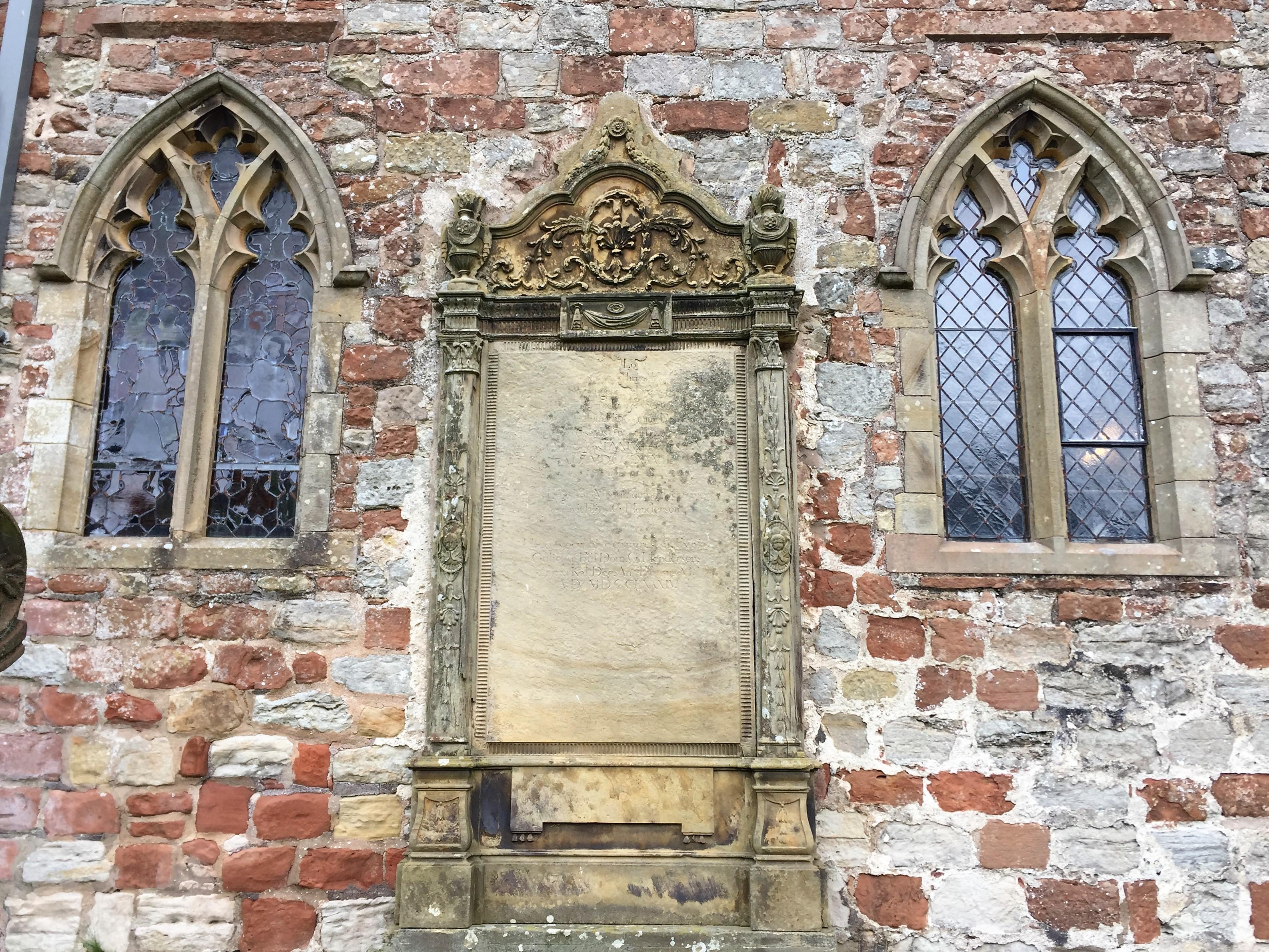St Mary
Beaumont, Cumbria
Situated prominently in the heart of the village, in an area of outstanding natural beauty, St Mary’s is the only church actually on the course of Hadrian's Wall.

12th century Norman church, built with stones from Hadrian’s Wall and where King Edward I (Longshanks) lay in state in the church for ten days in 1307.
Burgh by Sands, Cumbria
Burgh by Sands is a very interesting church with layers of history. From the 12th century and on the site of an earlier church, it is built with stones from Hadrian’s Wall and the Roman fort of Aballava, on the site of which it stands.
There is a time line of stones along the church path, providing a ‘walk through time’ from the building of Hadrian’s Wall to the present day, and giving visitors an insight into the fascinating things which have happened here.
In Roman times, 800 soldiers were garrisoned at Aballava, and amongst them was a cohort of men from Morocco, who were the first recorded African community, living as a community, in the United Kingdom. In 1307 King Edward I (known as Longshanks) died nearby at Burgh Marsh, on his way to wage war with Scotland.
The King was brought to Burgh Church and lay in State here for ten days, visited by his Court and his heir, to pay homage to his body. His son was then proclaimed King Edward II in Carlisle. Under the reign of Edward II the area became increasingly dangerous and the fortified manor house where the population had sheltered during cross border warfare was destroyed and the west tower of the church was built, in 1360, to provide a refuge. The population was called to the safety of the tower by the ringing of the same bells which have continued to call people to worship from that time to the present day. During warfare and later raids by the notorious Border Reivers, farm animals would have been driven into the church while their farmers sheltered in the tower.
There are many architectural features visible today at the church which were put in place in those turbulent times including the apertures which would have been used to re-inforce the entrance, using strong pieces of oak, arrow slits and the very heavy iron gate which would have provided additional security at the entrance to the tower.
In more peaceable times today the church welcomes thousands of visitors every year, including those walking or cycling the route of Hadrian’s Wall.
Beaumont, Cumbria
Situated prominently in the heart of the village, in an area of outstanding natural beauty, St Mary’s is the only church actually on the course of Hadrian's Wall.
Carlisle, Cumbria
Carlisle Cathedral
Carlisle, Cumbria
A fine example of a Georgian church, complete with balcony as well as interesting stained glass windows depicting the life of St Cuthbert and a moving pulpit, the only one of its type in the country.